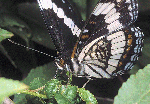
Utah Lepidopterists' Society
Founded 6 Nov 1976
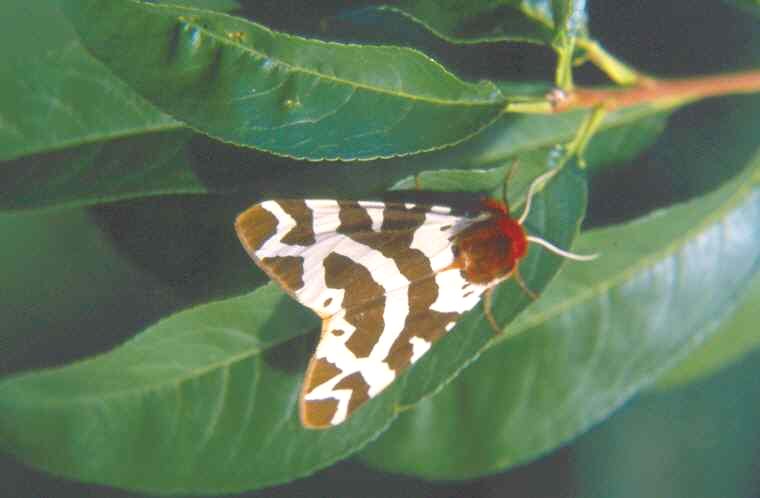
|
|
Utah Lepidopterists' Society Founded 6 Nov 1976 |
|
| History | Mission | Meetings | Bulletin | Checklists | Links | Community | Field Trips | Habitat | Members | Kids | Contact Us |
Anthocharis cethura pima
(Desert Orangetip)
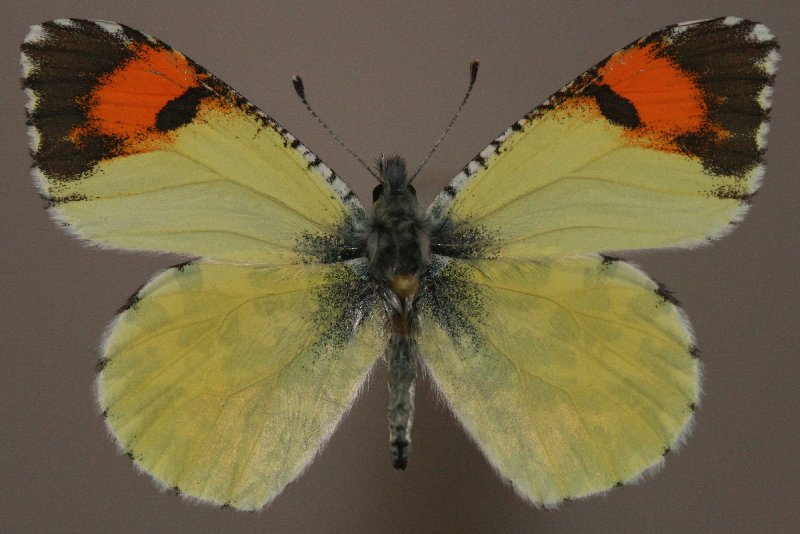 |
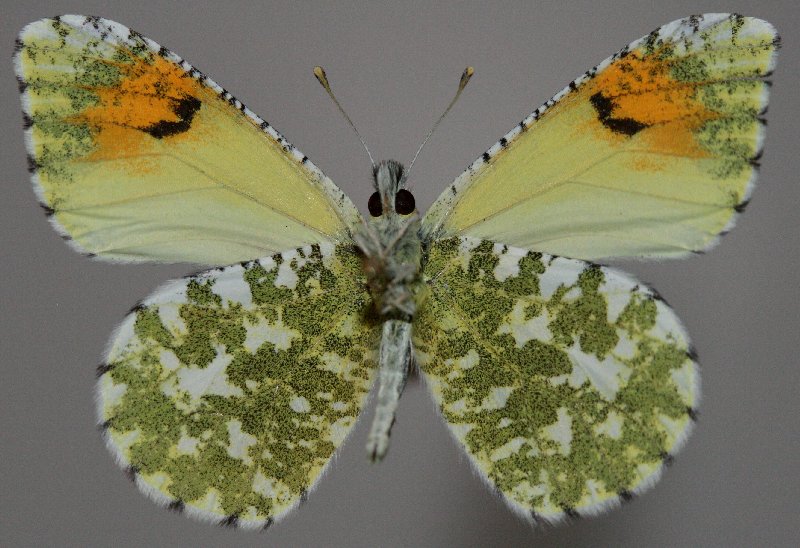 |
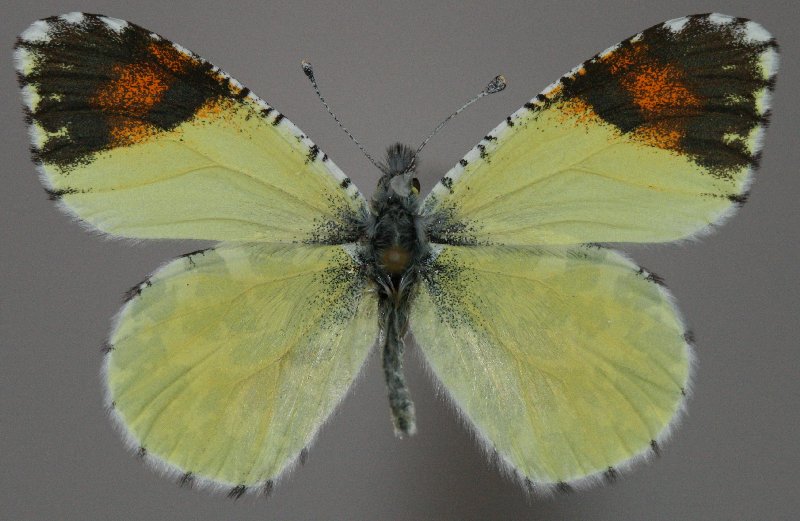 |
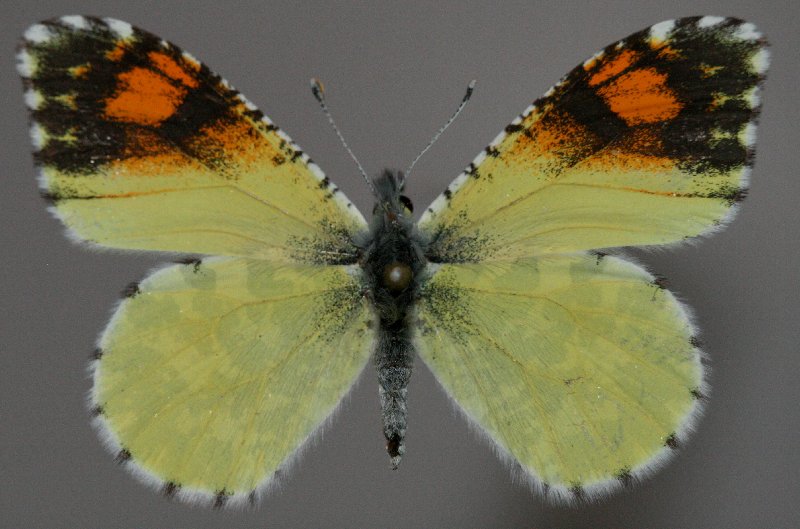 |
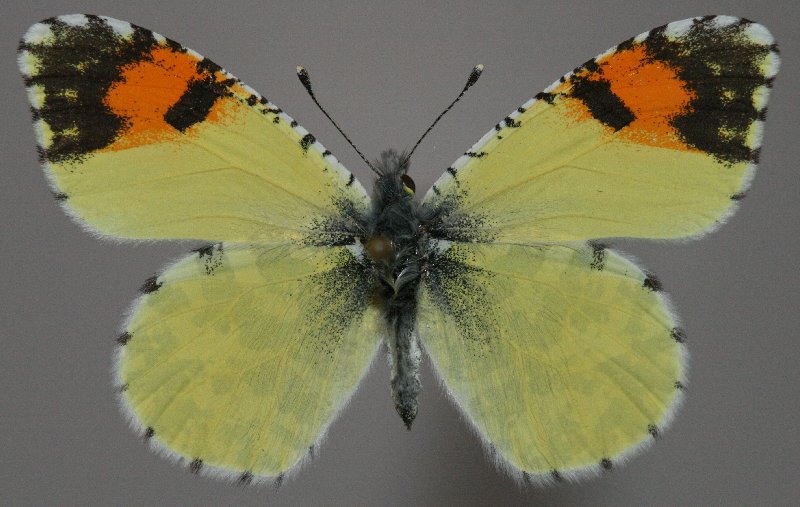 |
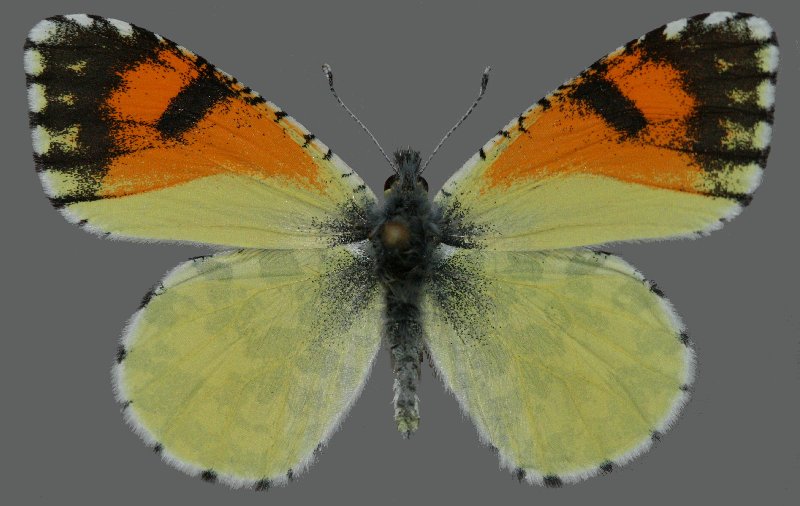 |
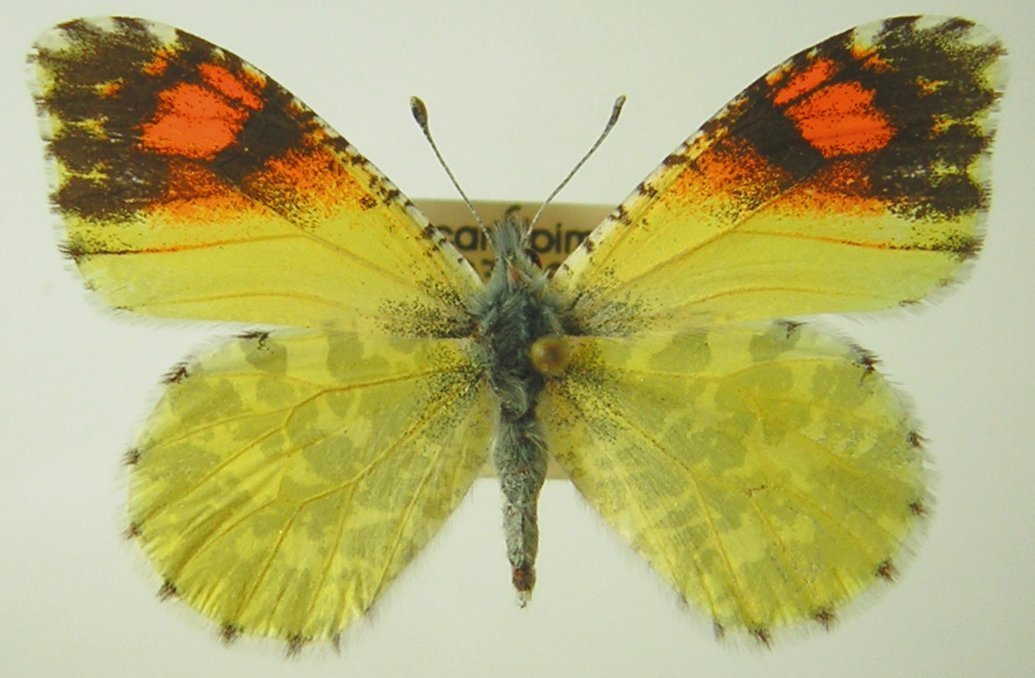 |
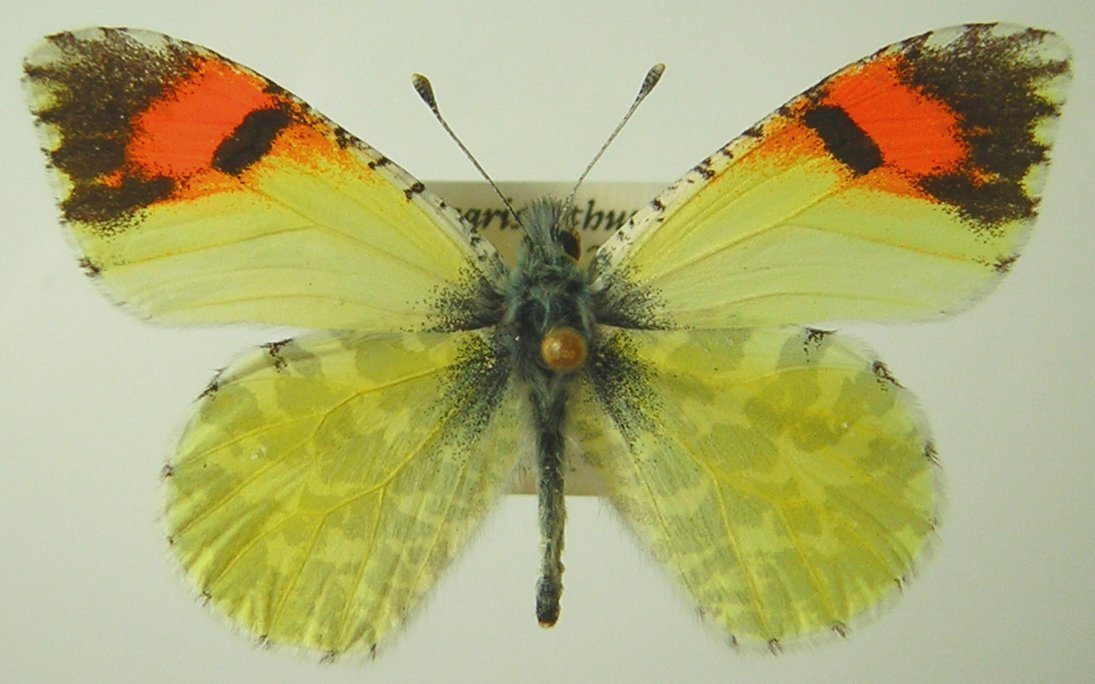 |
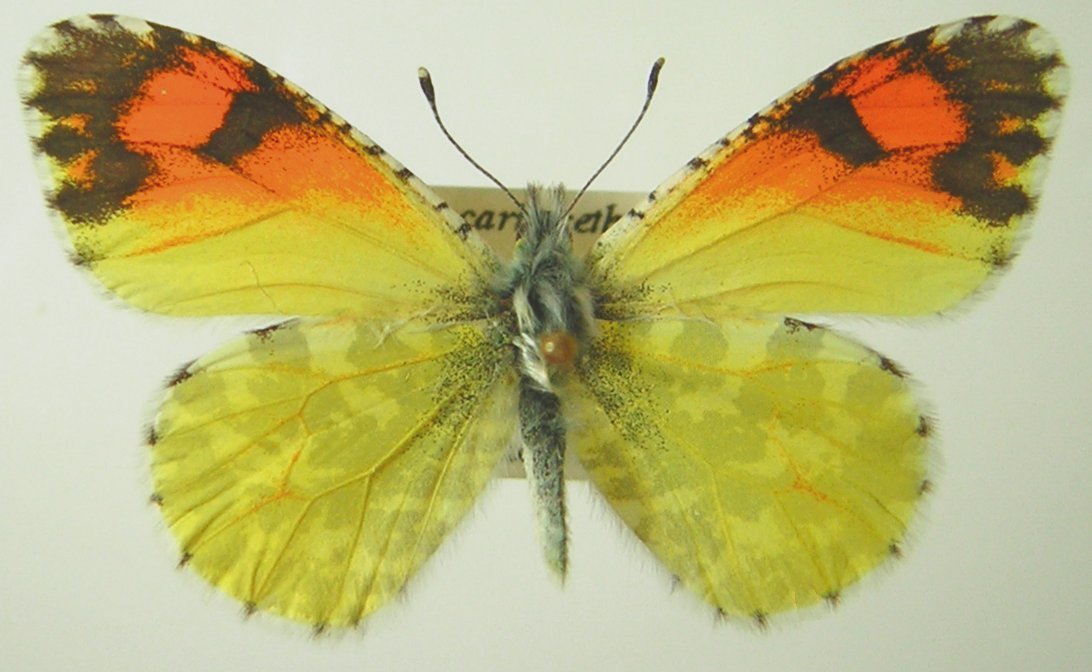 |
Top Row: Males from Washington County, Utah and Clark County, Nevada. Bottom Row: Females from same location; ventral specimen is male.
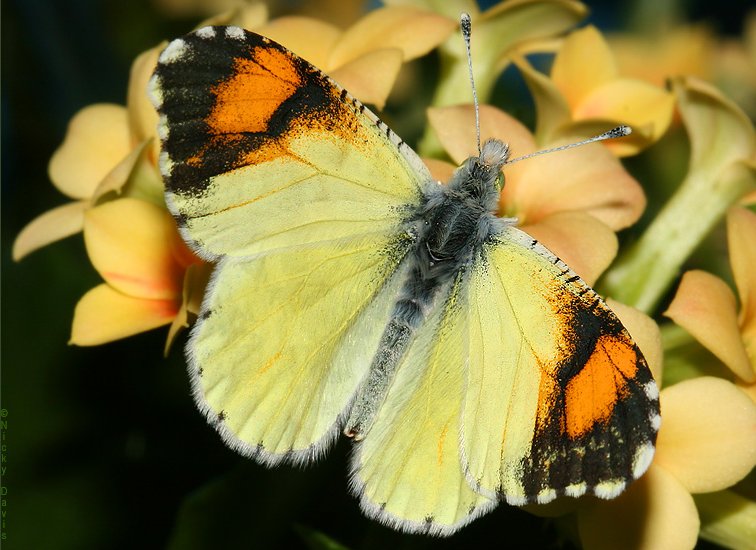 |
|
| Male Adult (Photo courtesy Nicky Davis) | Color transformation of a young fifth instar larva to a fully-grown fifth instar larva; which generally occurs in only 3-4 days. |
|
|
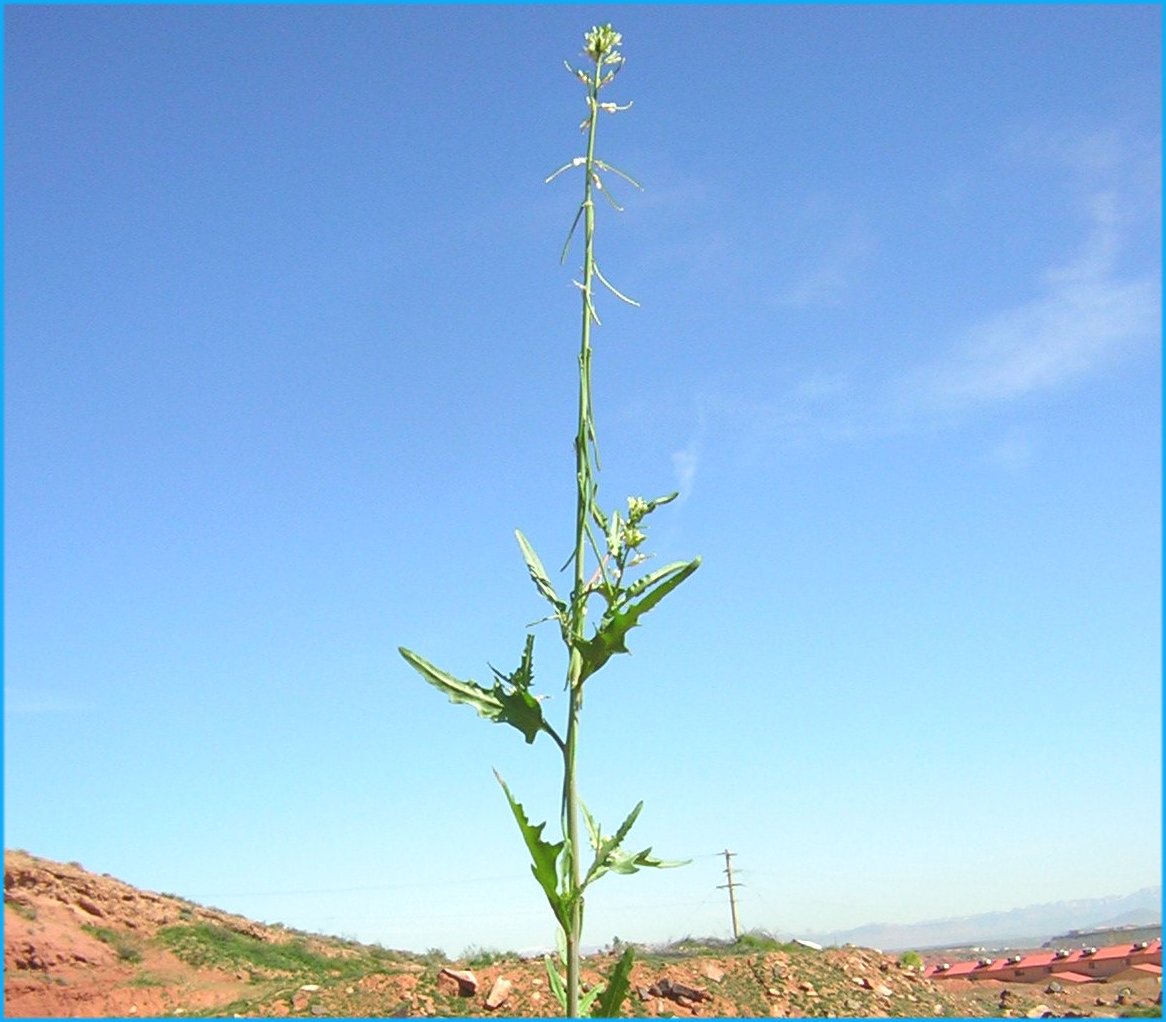
|
| Example of habitat | Example of hostplant--Caulanthus lasiophyllum var. utahensis (Click on image for larger picture) |
General:
The Type Locality of A. cethura pima is Pantano, Pima County, Arizona; 1888, Scudder. This butterfly is considered by some as the pima orangetip, or others the desert orangetip. This butterfly flies early in the spring and has been regarded by many as a "jewel of the desert" providing a reminder that the long days of winter are soon-to-be over. Males of this butterfly hilltop along desert hills, buttes, or can even be seen flying in flatlands; i.e, Warner Valley, Washington County, in order to seek females. Females, on the other hand, fly more inconspicuously as they seek out native mustards; most of which, double as larval hostplants as well as nectar sources.
There are those who would assign Utah populations of A. cethura to ssp. mojaveensis (Emmel, Emmel, and Mattoon; 1998). However, based upon the recommendation of some of the researchers who studied "mojavensis" from its type locality before it was converted into desert preserve, it is maintained that mojavensis is basically a cline between pima and nominate cethura.
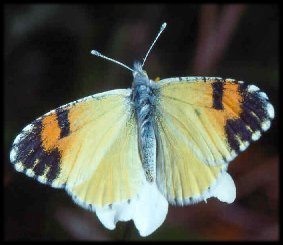 |
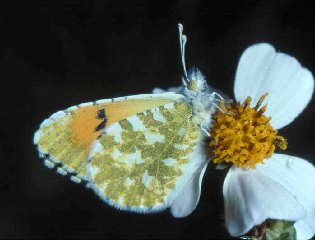 |
Female Anthocharis cethura pima basking on Bidens spp. (Photos courtesy Thomas J. Allen)
Utah Distribution and Habitat:
Anthocharis cethura pima flies exclusively in Washington County in the southwest corner of the state. Their distribution within the county is fairly extensive as this butterfly can be found in some desert flats as well as along short hills and slopes including, but not limited to, Welcome Springs in the Beaver Dam Mountains, Red Cliffs Desert Reserve, Warner Valley, Yellow Knolls, Leeds Canyon, and West Black Ridge. Within Washington County, the highest elevation documented for pima is 5200' (COL. Clyde F. Gillette pers. communication.) To date, it is interesting that there are no records of this butterfly in Kane or San Juan Counties even though habitat, conditions, and existence of some of its hostplants suggest that the butterfly might thrive there.
Bionomics:
Hostplants for Anthocharis cethura pima include Descurainia pinnata, Caulanthus lasiophyllum var. utahensis, and Streptanthella longirostris. Anthocharis cethura pima is a univoltine insect. Because the edible flowers and siliques of these native mustard hostplants stay succulent and useable for a very short time, larval development of this butterfly can be very rapid--as quickly as 21 days from ova to pupa under lab conditions. (Most of these plants can be found in ravines, mountain sides, or seeking refuge under creosote or other desert shrubbery. Note: For tips on how to raise this genus in the lab, please click here.)
The ova are yellowish turning orange after 24 hours and usually hatch in about 4 days. The ova are deposited on the lower leaves of the hostplant. First instar larvae then hatch and work their way up the plant towards flowers and siliques. The newly hatched larvae also are very small (even for a pierid) and are possibly cannibalistic if they encounter other ova. The young first instar larva is light colored with a dark head. Second and third instar larvae of A. cethura are greenish with a white lateral stripe. Fourth instar larvae gain an additional purple lateral stripe above the white one. After a short period of time, the newly moulted fifth instar larva initiates an amazing color transformation that takes about 72 hours. (See animated gif above.)
From an essential green larva with purple and white lateral stripes, the larva ends up having alternating gray and yellow-orange horizontal segments on the ventral side coupled with a lateral stripe that is alternating from white to black. This breathtaking mature larva maintains this conspicuous color for roughly 24 more hours before the coloring fades, and it wanders from its hostplant to seek pupation.
Because this butterfly flies in the desert, it is necessary for late winter precipitation to arrive in proper timing and magnitude in order to induce germination of the annual mustards that support the butterfly. If the preceding conditions do not occur, the pima orangetip does not fly at all or extremely poorly. Populations of the pima can withstand long periods of desert drought as their pupae have been known to survive up to 10 years under lab conditions. For example, a healthy male adult emerged in the spring of 2007. The immature was originally collected as an ovum in March of 1997.
Click here for Nicky Davis' pictures of a developing pupa of A. cethura pima.
All images of Limenitis weidemeyeri on the ULS Info Bar courtesy Jay Cossey